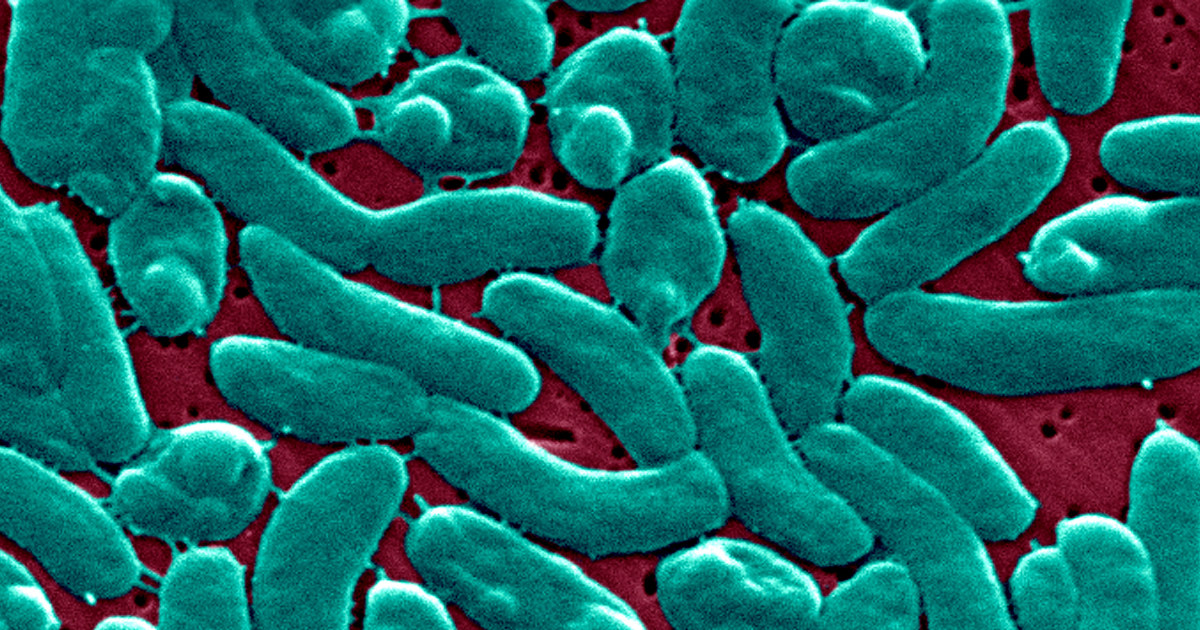Infection
3 people die from flesh-eating bacteria infections in New York and Connecticut, prompting new guidance
Three people in New York and Connecticut have died from a rare flesh-eating bacterial infection, prompting officials to issue new guidance about both avoiding and diagnosing it.
Officials said one person in New York’s Suffolk County, on eastern Long Island, and two people in Connecticut have died from infections linked to vibriosis, an illness caused by vibrio vulnificus bacteria, which is found in seawater and raw and undercooked seafood and can cause skin breakdowns, ulcers and other symptoms.
New York Governor Kathy Hochul’s office said Wednesday that the Suffolk County fatality was still being investigated to determine where the victim came into contact with the bacteria as it issued new guidance and urged residents to take precautions.
More information about the Suffolk County victim, including when they died, was not immediately available, and a spokesperson for the New York State Department of Health did not immediately respond to a request for comment from NBC News on Thursday morning.
Two Connecticut residents have also died this summer from vibriosis, the state Department of Public Health said Tuesday.
Last month, the department said it had received reports of three cases since July 1, and that all three people affected had been hospitalized.
Two of the three cases were wound infections not associated with seafood, the health department said, and the third infection was a Connecticut resident that consumed raw oysters not harvested from Long Island Sound at an out-of-state establishment.
All three victims were between the ages of 60 to 80 and the two deaths occurred in July, the department said, adding that it’s first time Connecticut has seen a Vibrio case in three years.
Connecticut is home to a thriving oyster industry, and conducts regular tests for the bacteria. Vibrio vulnificus has never been found in state waters, the health department said, and most infections are linked to shellfish from much warmer waters where the bacteria can thrive.
The state Bureau of Aquaculture said it does not believe any of the infections are linked to Connecticut shellfish.
Since 2014, the state has also added requirements designed to cool oysters to the point where the bacteria cannot survive, the department said. In high-risk areas, harvested oysters are immediately placed in an ice slurry. In lower-risk areas, harvesters are required to refrigerate or ice all oysters within five hours of harvest.
Officials urge caution
Hochul on Wednesday urged New Yorkers to “stay vigilant and take responsible precautions to keep themselves and their loved ones safe.”
According to the Centers for Disease Control and Prevention, vibriosis causes an estimated 80,000 illnesses — about 52,000 of which the agency estimates are the result of eating contaminated food, including oysters — and 100 deaths in the U.S. annually. Most infections occur between the months of May and October when water is warmer.
Most people with a mild case of the infection recover after about 3 days with no lasting effects, the CDC says. Symptoms can include diarrhea, stomach cramps, vomiting, fever, chills and ear infections. But serious infections can require intensive care or limb amputation, and about 1 in 5 of those patients die — sometimes within a day or two of illness, according to the CDC.
People with liver disease, cancer, a weakened immune system or those taking medicine to decrease stomach acid levels are particularly susceptible to vibriosis infections or complications, according to guidance from the governor’s office.
The likelihood of contracting vibriosis can be reduced by covering wounds, recent piercings or tattoos when they’re exposed to warm seawater and avoiding eating oysters and other raw shellfish if you have a weakened immune system, information from the governor’s office said. People should also wear gloves when they handle raw shellfish and wash their hands afterwards.
The Connecticut Department of Health also recommends washing wounds with soap and water if they come into any contact with saltwater, raw seafood or its juices.
New York State Health Commissioner Dr. James McDonald said officials were further “reminding providers to be on the lookout for cases of vibriosis, which is not often the first diagnosis that comes to mind” in a statement shared by Hochul’s office.
Research shows that vibriosis infections have been on the rise in the eastern U.S. since the late 1990s and could continue to increase in the years to come, due to climate change and warming waters.
In June, a 54-year-old Missouri man died after eating raw oysters containing the bacteria. Last year, two people in Florida died of vibriosis after eating raw oysters from Louisiana.

